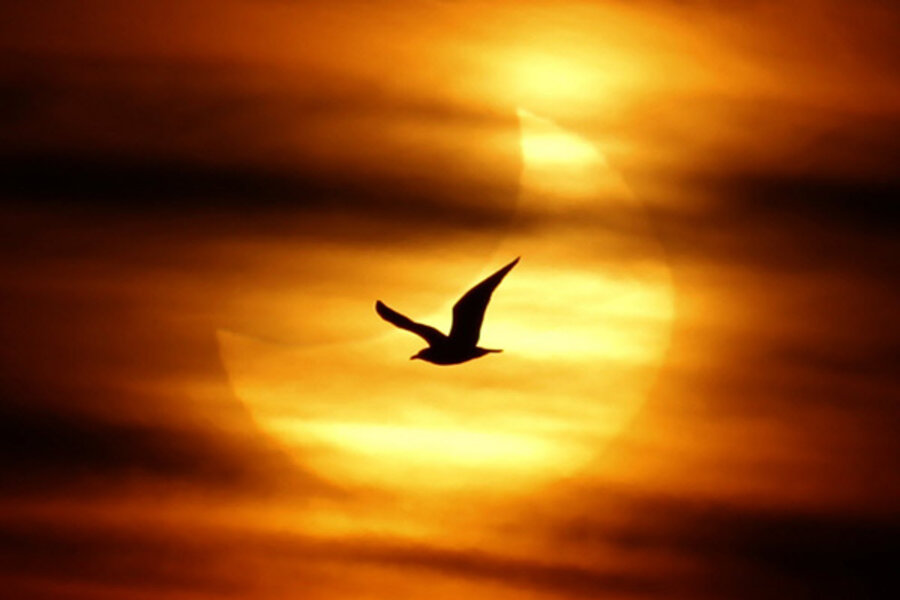Solar Eclipse amazes Europeans
Loading...
The morning skies over Europe, the Mideast and elsewhere dimmed in an unnatural twilight early Tuesday when the moon blocked part of the sun in the first partial solar eclipse of the year.
In Rome, cloudy skies made the Jan. 4 solar eclipse a touch eerie as the moon appeared to take a bite out of the sun during the three-hour eclipse. [Photo of the Jan. 4 solar eclipse]
"It was a memorable experience and I feel lucky to [have seen] it," astronomer Giancula Masi of Italy, who observed the event as part of the Virtual Telescope Project.
Masi watched the partial solar eclipse from Rome, where the sun was just under two-thirds - about 61 percent Ð obscured by the moon. In Sweden, where the eclipse was at its maximum, the moon blocked out about 80 percent of the sun's disk.
Masi said the eclipse still dazzled, despite a cloudy sky above Rome.
"The clouds added some special flavor the images," Masi told SPACE.com in an e-mail. [Another photo of the Jan. 4 solar eclipse]
Masi said the sun was low on Rome's southeastern horizon during the eclipse.
Tuesday's partial solar eclipse began over Algeria. According to Sky & Telescope Magazine, millions of skywatchers across Europe and parts of Africa, the Middle East and Asia were expected to get a chance to observe the eclipse, weather permitting.
"Europeans won't get another opportunity to see the sun covered to this extent until March 20, 2015," reported Sky & Telescope before the event.
Solar eclipses occur when the moon passes between the sun and the Earth and appears to line up with the sun when observed from the ground.
When the sun and moon line up perfectly, a total solar eclipse occurs and completely covers the sun. Sometimes, however, the moon only covers a portion of the sun, creating a partial solar eclipse like the one seen today.
"I was impressed to see many casual observers trying to look at the sun," Masi said. "People were quite informed, I must say: Eclipses are among the things happening up there they like more."
Tuesday's partial solar eclipse occurred just after the peak of the Quadrantid meteor shower, which hit its height at 0100 GMT in Europe today.
The eclipse was the first of four partial solar eclipses set for 2011, though there will not be a total solar eclipse this year as there was in 2010. The next partial solar eclipse will occur on June 1, according to NASA's eclipse tracking website.
- Photos: The Total Solar Eclipse of 2010
- Video Ð Meteor Shower, Solar Eclipse of January 2011
- Solar Eclipse and Meteor Shower to Launch 2011 Skywatching Season
You can follow SPACE.com Managing Editor Tariq Malik on Twitter @tariqjmalik.





